15 years ago, the animation industry (and by extension the movie industry in general) existed in a very different place. Disney was still bathing in the afterglow of 1994’s The Lion King, which had made over $783 million worldwide. Disney animation studios was in the midst of a renaissance period for its animated theatrical features that began with 1989’s The Little Mermaid. Every film made during this five period (save for 1990’s The Rescuers Down Under) was met with critical acclaim and resounding success at the box office. What’s more is that each one seemed to climb higher than its predecessor. The Lion King seemed to be the pinnacle, and in many ways it was. Audiences didn’t know it at the time, but the holiday season of the following year would contain a film that would change the face of feature length animation forever: Toy Story.
Young Andy’s family is preparing to move into a new home. Unbeknownst to him or his parents, Andy’s toys are actually alive. They frolic and congregate whenever humans are not present. Their leader, a cowboy doll named Woody (voiced by Tom Hanks), leads them on a mission to find out what new additions to their group will be among the bounty of presents Andy will receive on his birthday.
Much to Woody’s chagrin, the bevy of gifts contains an electronic Buzz Lightyear action figure (voiced by Tim Allen). The highly-accessorized toy becomes the apple of Andy’s eye and the target of Woody’s jealousy. Strangely, Buzz actually buys into the elaborate back story created for his marketing campaign. He doesn’t realize that he is a toy. The two soon find themselves in peril when they are captured by Andy’s destructive neighbor Sid Phillips. They now have to make there way back to Andy’s family or risk being left behind.
The story itself was right in line with what made Disney animated features work. The main difference was that it wasn’t done via traditional cel animation. Toy Story would be rendered completely in computer animation. This prospect was considerably risky for that time. In the mid 1990’s, computer generated imagery was used mostly to render elaborate visual FX in live action films, but it hadn’t been perfected (still hasn’t) and had only been in widespread use for few years.
The film would be developed in conjunction with then-fledgling Pixar animation studios, which initially started out as a division of Lucasfilm until being acquired by Steve Jobs. After some extensive retooling and script revisions, the film was completed on a modest budget of $30 million dollars. Upon its release on November 22nd, 1995, it became an instant classic, grossing over $361 million dollars worldwide.
Toy Story’s success set many trends in film that still affect the movie business today. It signaled the death knell for traditional cell animation, which gradually fell out of favor in the years following the films release. Disney Animation studios have since all but completely abandoned the process. It also precipitated how completely computer generated imagery would impact the language of film, showing it to be a tool that was capable of much more than rendering single characters or sequences in live action films. It spoke to the possibility of live action features one day being supplanted. The fulfillment of this prophecy can be seen in everything from the much maligned Star Wars prequels to the highly acclaimed Lord of The Rings trilogy. Both trilogies relied heavily on computers to bring their fantasy worlds to life. Toy Story also inspired other studios to throw their hats into the computer animation ring, most notably Dreamworks.
It’s easy to forget that the storytelling on display in Toy Story had every bit as much to do with its success as the visuals. It told a simple, yet effective story that appealed to all ages with dialogue that was full of humor smart enough for adults without being too raunchy or subversive for kids. It also served as a tutorial for the importance of actors in any production, live action or animated. Tom Hanks and Tim Allen may not actually appear in Toy Story, but their spirits inform every frame. Without them, the film simply doesn’t work.
15 years later, computer animated films are no longer relegated to summer and holiday seasons but are released all year round by a number of studios. They have budgets that climb as high as any live action blockbuster. Toy Story 3, which was released this past summer and made on a budget of $200 million, grossed over a billion dollars worldwide. It was widely embraced by critics and will very likely end up on the list of best picture nominees at this year’s academy awards. Though the demise of traditional cel animation is to be lamented, the rise of computer animation should be celebrated. It has proven the medium to be as valid a form of storytelling as any other.
Follow Us on Twitter @ http://twitter.com/planetill
Follow Malice Intended on Twitter @ http://twitter.com/Renaissance1977
Join Us on the Planet Ill Facebook Group for more discussion
Follow us on Networked Blogs

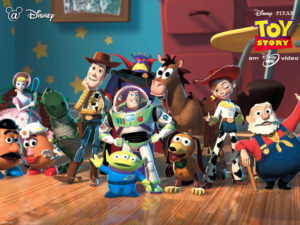
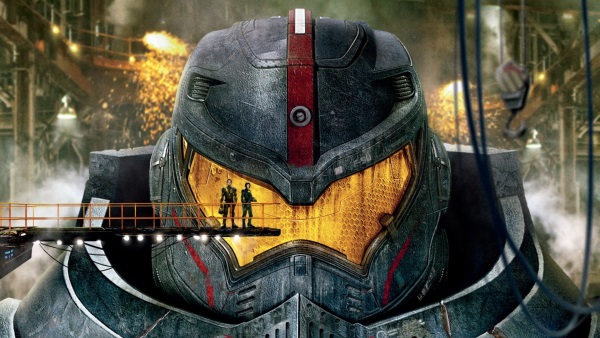
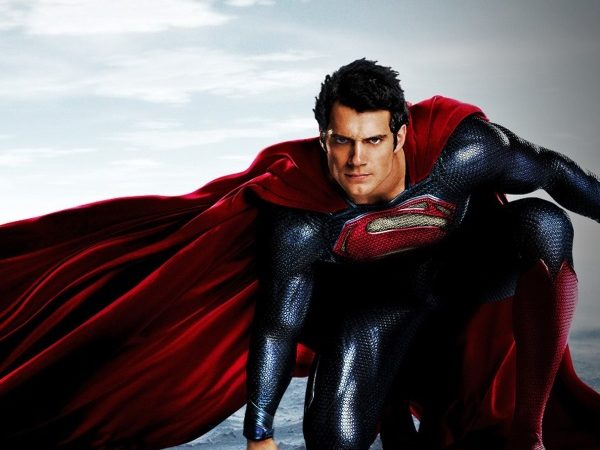
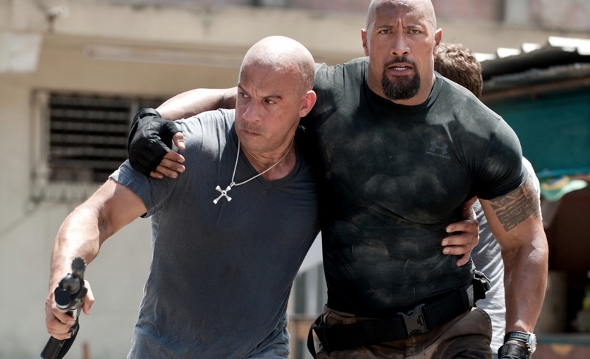
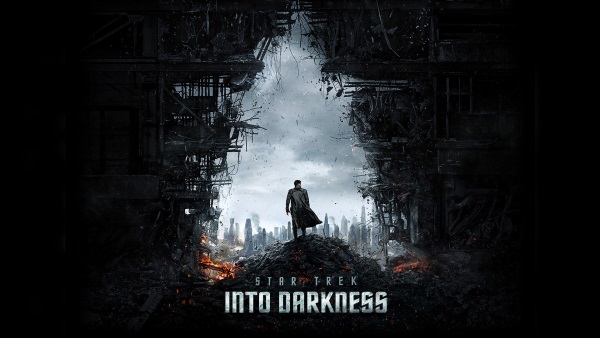
One thought on “15 Years Ago, Toy Story Changed The World”